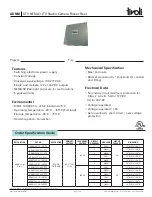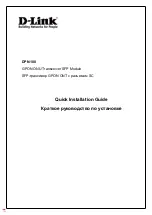
5. Ensure that line pressure or sample pressure meets installation requirements.
6. Increase back pressure to minimize bubble formation.
7. Minimize vibration in the pipeline.
8. Increase the pipe diameter.
9. Install a flow control method (bypass, flow chamber, expander, etc.).
10. Perform Smart Meter Verification.
17.5.2 Inaccurate density reading
Cause
•
Problem with process fluid
•
Incorrect density calibration factors
•
Wiring problem
•
Incorrect grounding
•
Two-phase flow
•
Plugged or coated sensor tube
•
Incorrect sensor orientation
•
RTD failure
•
Physical characteristics of sensor have changed
Recommended actions
1. Check the wiring between the sensor and the transmitter.
2. Check the grounding of all components.
3. Check your process conditions against the values reported by the device.
4. Ensure that all of the calibration parameters have been entered correctly. See the sensor tag or the
calibration sheet for your meter.
5. Check for two-phase flow.
6. If two sensors with similar frequency are too near each other, separate them.
7. Purge the sensor tubes.
8. Perform Smart Meter Verification.
17.5.3 Unusually high density reading
Cause
•
Plugged or coated sensor tube
•
Incorrect density calibration factors
•
Inaccurate temperature measurement
•
RTD failure
•
In high-frequency meters, erosion, or corrosion
Configuration and Use Manual
Troubleshooting
MMI-20025166
March 2019
Configuration and Use Manual
249
















































